Enterprise Portal Success: Enterprise Architecture
By Clive Finkelstein
The use of enterprise information architecture minimizes the impact of many information system development problems. It is a major factor that leads to enterprise portal success. Another success factor is enterprise architecture. The establishment of every enterprise should be based on well-defined business plans which should reflect the strategic plans defined by management. A strategic business plan defines the mission, vision and value statements of an enterprise. Based on the industry and market focus defined by management, policy statements are developed. These policies are qualitative guidelines defining boundaries of responsibility for business units or functional areas.
From the policies established by management for each business unit or functional area, goals and objectives are defined. Goals and objectives must be quantitative and measurable. Goals are typically long-term; objectives are short-term. Some enterprises may reverse these, but the effect is the same: they must be quantitative and measurable.
Once quantitative measures are defined, alternative strategies can be evaluated. While a goal or an objective indicates "what" is to be achieved, a strategy indicates "how" that achievement will be realized. Strategies, therefore, depend on goals and objectives. Strategies may have many steps, called tactics, involved in their execution.
Once a strategy or tactic is defined, its implementation will need to be managed. A key performance indicator (KPI) is an objective that is typically defined for implementation of specific strategies or tactics in support of the achievement of goals or objectives by business units or functional areas. KPIs measure the performance of the managers of those business units or functional areas responsible for the effective implementation of the relevant strategies or tactics.
To define a strategy or tactic to focus on how something is to be done before knowing what is to be achieved is the ultimate futility in strategic planning. It rarely generates results. If no measures have been defined for achievement, no results can be assessed against those measures.
To be quantitative and measurable, all goals and objectives must exhibit three characteristics: measure, level and time. A goal or objective statement must clearly indicate what is to be achieved (measure), by how much (level) and when (time).
Senior managers accept that strategic business planning is their responsibility. The development of the strategic plan in many enterprises is carried out by a corporate planning department that reports directly to senior management. Effective strategic plans typically emerge in this situation. Unfortunately, for most enterprises, the strategic plans are mainly statements of strategy. They are not measurable and, therefore, are unable to be managed precisely. Only when measurable goals and objectives are clearly defined as quantitative measures can management exercise effective management control.
Senior managers are the architects of the enterprise. Strategic business planning is the approach used for enterprise architecture (EA). Government, commercial and defense enterprises use strategic planning to ensure that the enterprise follows firm management directions. The mission, vision, values, policies, goals, objectives, strategies, tactics and KPIs should be statements that provide clear direction to all managers within the enterprise.
Where strategic planning is not applied effectively, management cannot be certain of the results that will be achieved by the enterprise. The enterprise then becomes very difficult to manage; few measures are available for management to assess performance achievement. The following problems typically arise in such enterprises:
-
If the strategic business plans are not well-defined or are nonexistent, the enterprise has no clear direction. This can lead to the complete collapse or failure of the enterprise if not corrected.
-
If the strategic business plans are well- defined but not used effectively to manage all parts of the enterprise at all levels, required business changes in the enterprise may take longer and cost more than they should. In today's rapidly changing business climate, such delays can be serious. At best, they may lead to lost opportunities; but at worst, they can lead to the failure of the enterprise.
-
If the strategic business plans are well-defined but no longer meet the specific needs of the enterprise, the business may be moving in directions that are no longer appropriate. This can represent wasted effort, cost and lost opportunities.
-
Clear strategic plans, with an under-standing by management of enterprise architecture and its integration with enterprise information architecture (EIA), can enable standard business procedures and integrated databases to be defined throughout the enterprise. This can lead to enormous cost savings through dramatic improvements in business efficiency. Common procedures as well as integrated databases lead to common training of staff, easy staff reallocation because of common skills used in the business and elimination of redundant processing otherwise needed to maintain redundant databases.
The lack of strategic business planning and the absence of enterprise architecture (EA) that is applied by senior management is one reason why many enterprises operate at less than optimum efficiency or fail.

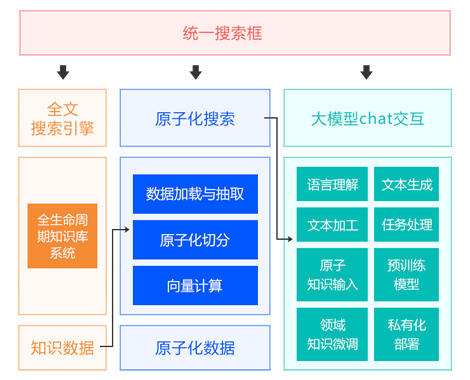

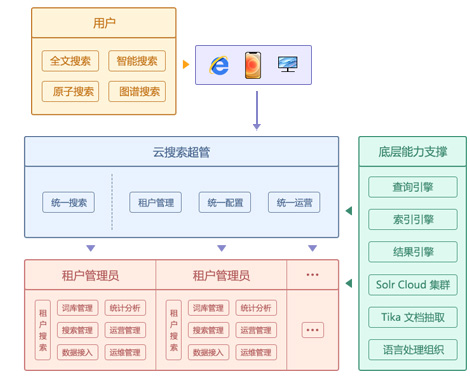
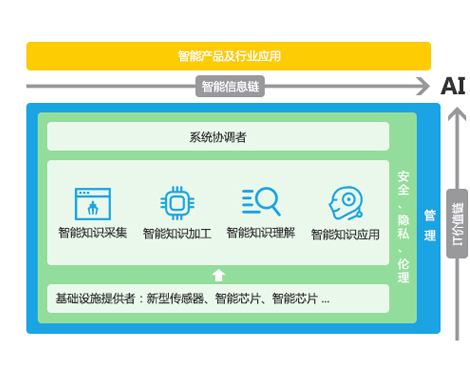
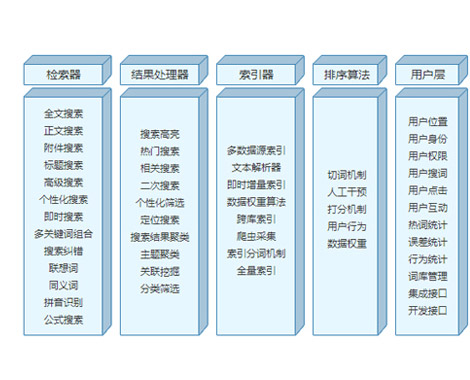

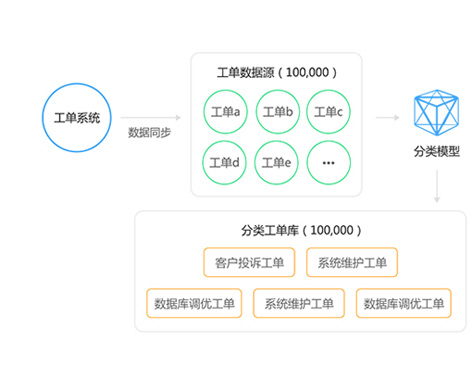
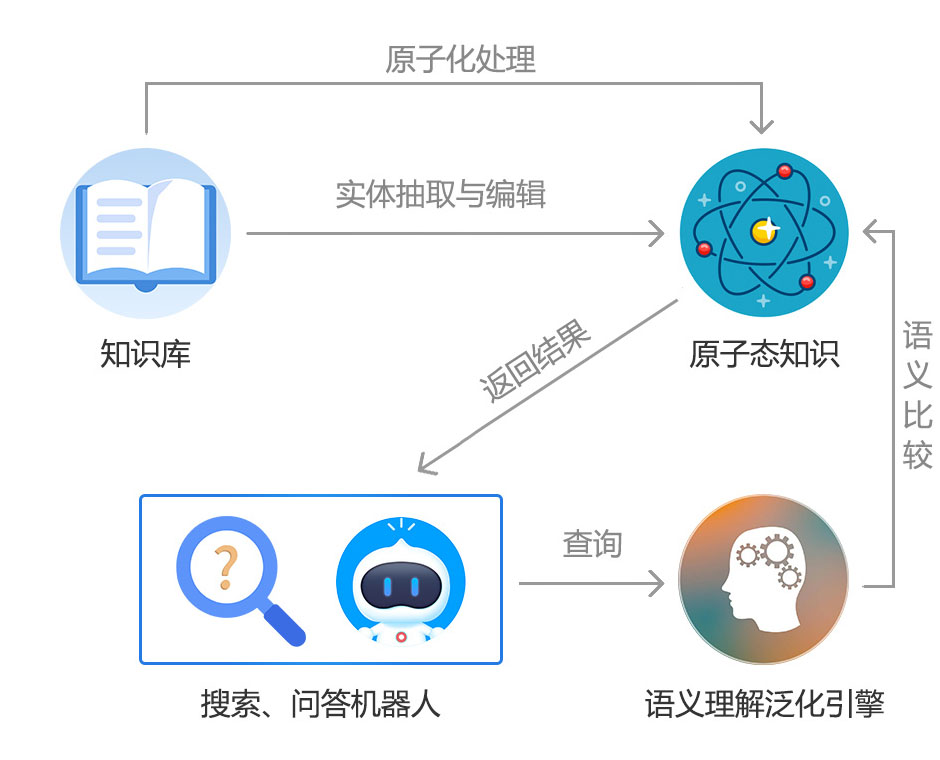
 2017-03-30 09:29
2017-03-30 09:29